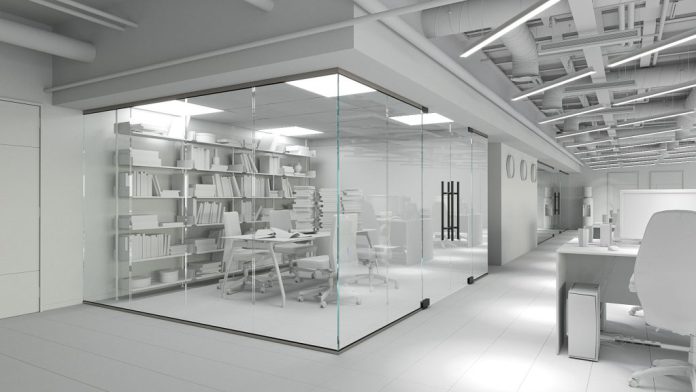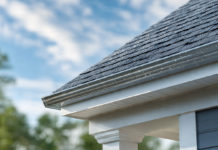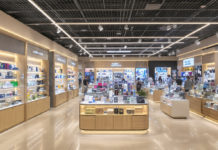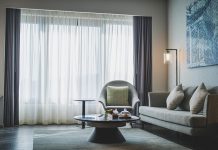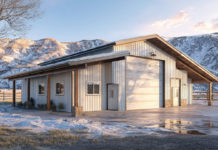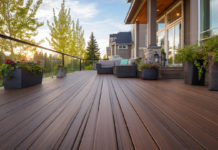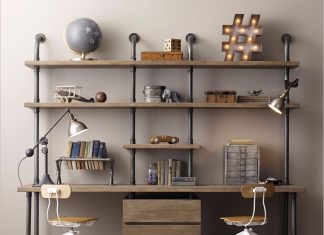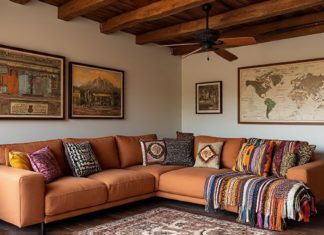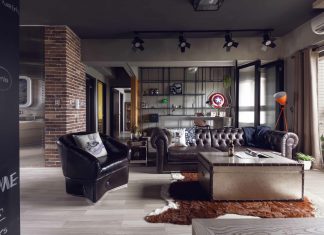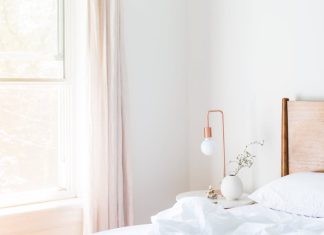In the dynamic landscape of office design, the Philippines has been a canvas for the evolution of workspace aesthetics and functionality. From traditional closed cubicles to open-plan layouts, the journey of office design reflects changes in work culture, technology, and the understanding of employee well-being. Central to this evolution are modern partitions, which have redefined spatial dynamics, collaboration, and privacy in Philippine workplaces.
Office Partition:
Not too long ago, the typical Philippine office office partition was characterized by closed cubicles or individual offices. These setups offered privacy but often led to isolation and hindered collaboration. The cubicle walls, though functional for dividing space, created a sense of confinement and separation among employees. Moreover, they limited natural light flow, contributing to a dull and uninspiring atmosphere.
Transition to Open Plan:
As the global trend shifted towards open-plan offices, the Philippines followed suit, albeit with its own adaptations. Open layouts aimed to foster collaboration, communication, and a sense of community among employees. However, challenges emerged, such as noise distractions, lack of privacy, and difficulties in concentration. To address these issues, modern partitions emerged as a compromise, blending the benefits of open spaces with the need for privacy and focus.
The Rise of Modern Partitions
Modern partitions represent a paradigm shift in office design philosophy. Unlike traditional cubicle walls, these partitions are sleek, modular, and versatile. They come in various materials such as glass, wood, and metal, offering both transparency and privacy as desired. This flexibility allows for customization according to the specific needs of different work areas and teams.
Glass Partitions:
Glass partitions have become a hallmark of modern office aesthetics in the Philippines. They symbolize transparency, openness, and accessibility. By allowing natural light to permeate throughout the space, glass partitions create a brighter and more inviting environment. Moreover, they facilitate visual connectivity, enabling employees to feel more engaged and connected with their colleagues, even across different departments.
Acoustic Partitions:
In a bustling office environment, noise can be a significant deterrent to productivity and concentration. Acoustic partitions address this issue by providing sound insulation without sacrificing openness. These partitions are designed to absorb and dampen noise, creating quieter workspaces conducive to focus and collaboration. Whether in open-plan areas or meeting rooms, acoustic partitions strike a balance between privacy and interaction, enhancing the overall work experience.
Flexible Partitions:
Flexibility is a hallmark of modern workplaces, and partitions play a crucial role in facilitating adaptability. Modular partitions can be easily reconfigured or moved to accommodate changing team sizes, project requirements, or spatial preferences. This versatility enables companies to optimize their space utilization efficiently and cost-effectively, ensuring that the office environment remains dynamic and responsive to evolving needs.
Office Cubicle:
Looking ahead, the evolution of office cubicle in the Philippines is poised to embrace advancements in technology and a deeper understanding of employee well-being. Smart partitions equipped with integrated technology, such as adjustable lighting and temperature control, will enhance comfort and productivity. Moreover, wellness-centric design elements, such as biophilic elements and ergonomic furniture, will promote employee health and satisfaction.
The evolution of office design in the Philippines reflects a journey from traditional closed spaces to modern, open, and flexible environments. Central to this transformation are modern partitions, which balance the need for collaboration, privacy, and adaptability. As workplaces continue to evolve, embracing technology and prioritizing employee well-being will shape the future of office design, creating spaces that inspire creativity, innovation, and success.
